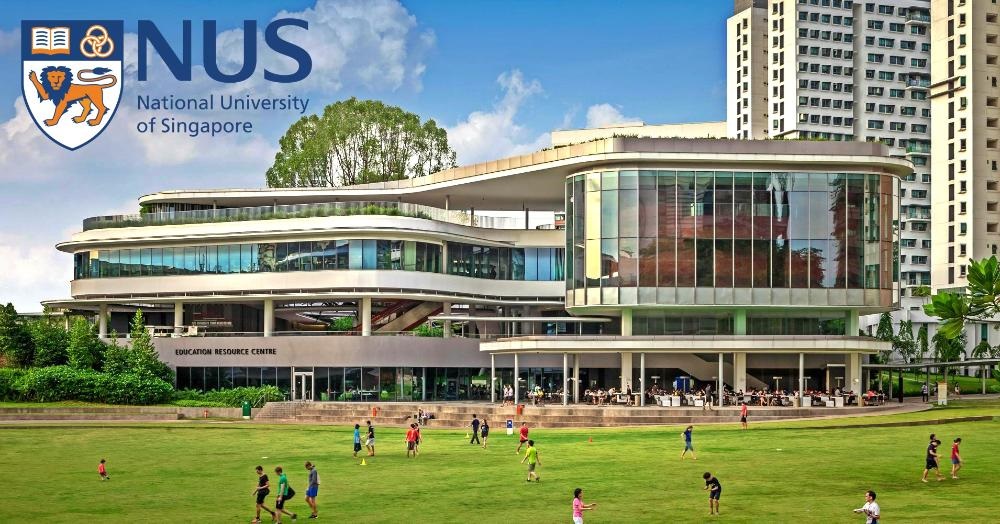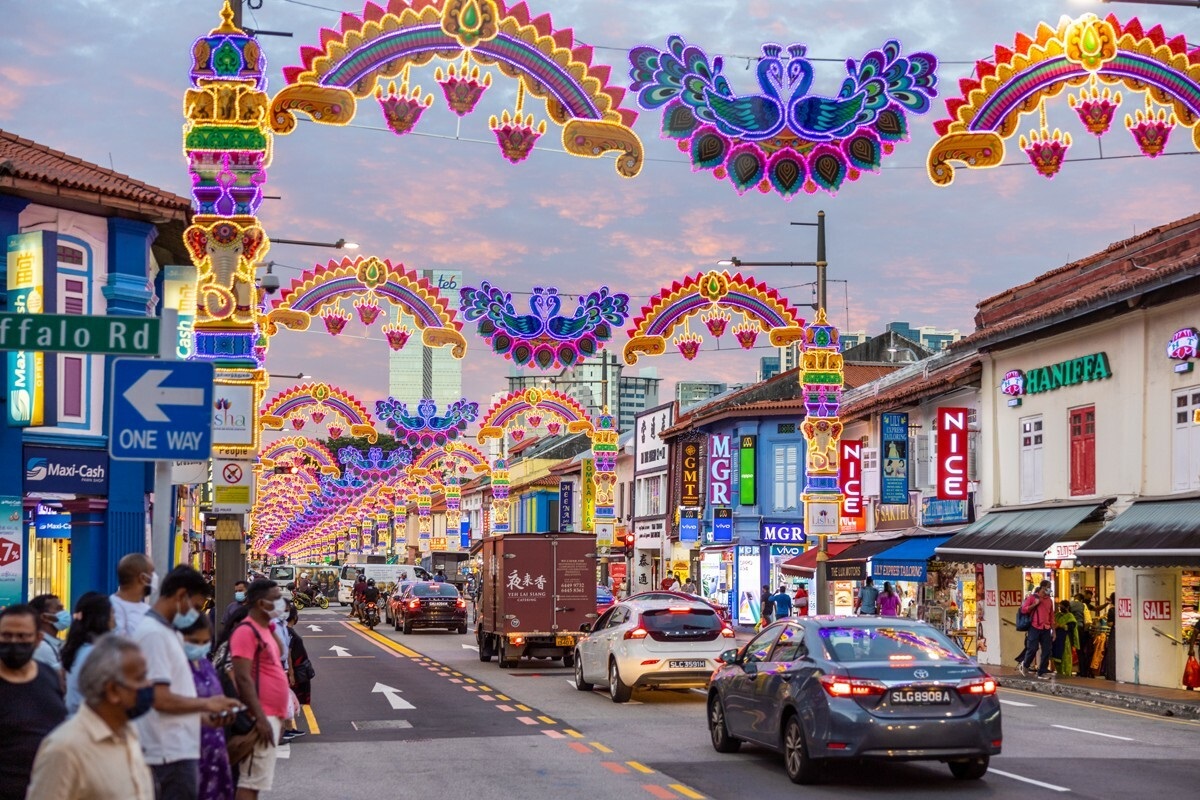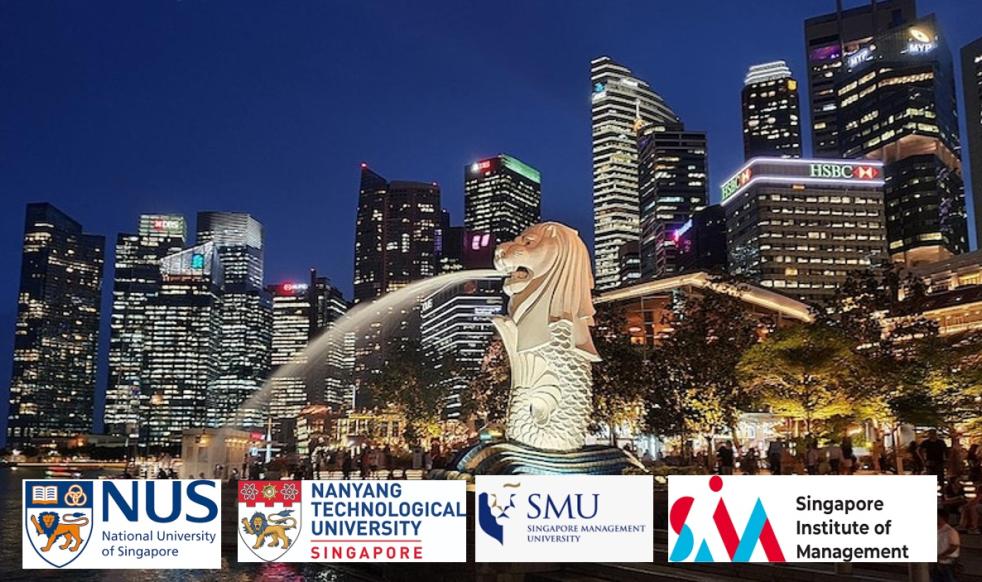In a strategic shift reflective of its ever-evolving global outlook, Singapore has recently taken decisive steps to make the island nation even more inviting for international students—particularly those from India. By relaxing the rules surrounding Permanent Residency (PR), the Singaporean government has signaled a clear message: talented students from around the world are not just welcome but are encouraged to stay, contribute, and weave their narratives into the fabric of the city-state.
Singapore, a city renowned for its immaculate blend of Eastern tradition and Western modernity, is now making it easier for Student Pass holders to transition from temporary sojourners to permanent residents. This policy revision, while broad in its international application, is especially significant for Indian students, who constitute a substantial portion of Singapore’s foreign student population.

The most striking element of this new policy is the elimination of the previous two-year residency requirement for students wishing to apply for PR. Now, students who have cleared at least one national examination or are enrolled in the prestigious Integrated Programme can submit their PR applications immediately. This pivot from the earlier policy marks a shift towards merit-based immigration—an acknowledgment of academic excellence as a pathway to permanent residency.
This policy change is underpinned by Singapore’s recognition of the symbiotic relationship between education and immigration. By retaining the brightest minds, the government is investing in the future, ensuring that those who contribute to Singapore’s intellectual and economic capital can also lay down roots here.
In addition to this, a subtle yet profound change has been made regarding the guardianship of students. Traditionally, only female guardians—mothers or grandmothers—were permitted to accompany students on Long-Term Visit Passes (LTVP). However, under the new guidelines, fathers and grandfathers are now eligible to apply for LTVP as well. While this may appear a minor procedural adjustment, it is, in fact, a significant stride towards inclusivity, acknowledging the evolving dynamics of modern families and offering them greater support during their children’s educational journey.
These changes come as part of a broader effort by Singapore to solidify its position as a global hub for education. The city-state’s education system, already highly regarded, is being increasingly seen as a gateway to future opportunities—not just for students but for their families as well.
Singapore boasts several esteemed universities, including:
1. National University of Singapore (NUS)
2. Nanyang Technological University (NTU)
3. Singapore University of Technology and Design (SUTD)
4. Singapore Management University (SMU)
5. Duke-NUS Graduate Medical School
6. INSEAD Singapore
7. Singapore Institute of Management
These institutions offer a range of academic programs and are recognized for their high educational standards.

Moreover, Singapore’s efforts to streamline entry procedures for citizens of other nations, such as Oman and China, by lifting visa requirements, further illustrate its commitment to making the city a global nexus for talent. By facilitating easier access and residency, Singapore is not only opening its doors wider but also laying down a welcome mat that invites the world’s best and brightest to make themselves at home.
This policy shift is particularly resonant within the context of Singapore’s significant Indian community, which has played a vital role in the country’s development for over two centuries. Today, this community is more vibrant than ever, with Indians constituting nearly 10 percent of Singapore’s population. For the thousands of Indian students already pursuing their studies here, the new PR rules are more than just an immigration policy—they are a bridge to a future where Singapore is not just a place to study, but a place to belong.
Little India, a vibrant ethnic district in Singapore, exemplifies the enduring presence and influence of Indian culture in the city-state. This area, with its bustling markets, traditional food, and cultural landmarks, offers a unique blend of Indian heritage within the modern urban landscape of Singapore. The historical development of Little India reflects the broader narrative of Indian migration and settlement, which has evolved from a labor-centric presence to a well-integrated and thriving community.

Today, Indian Singaporeans are a well-established part of the nation’s socio-economic and political landscape. They are prominent in various sectors, including politics, education, and business, and contribute significantly to Singapore's economic growth. The preservation and celebration of Indian culture, facilitated by Singapore’s bilingual policies and cultural initiatives, further enhance the sense of belonging and community among Indian Singaporeans. This cultural integration highlights the successful blending of Indian heritage with Singapore's multicultural environment.
In essence, Singapore’s latest move in easing PR norms is not merely about residency. It’s about building a narrative where international students—many of whom are from India—find in Singapore not just an education, but a future. For the Lion City, this is a roar that echoes with opportunity, inclusivity, and a vision of a more integrated, globally connected future.

 425 Views
425 Views 0 comments
0 comments
Comments